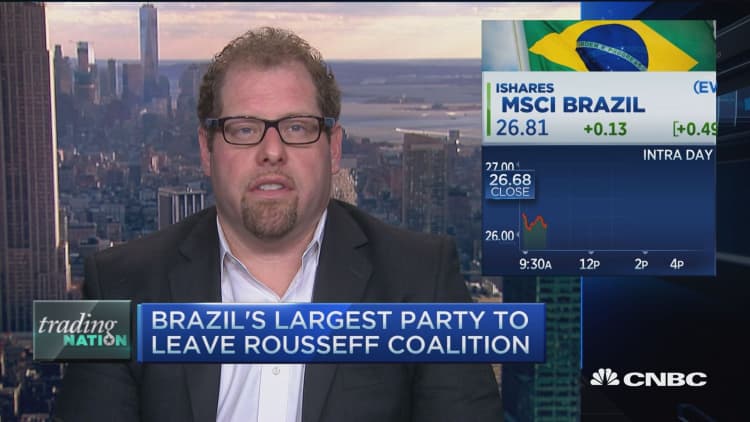


Stocks have enjoyed a substantial run over the past month and a half, leading the to hit its highest levels of the year on Wednesday.
But it may be time to hedge some of those recent gains, and a great hedging strategy suggests itself in the options market, according to Susquehanna head of derivatives strategy Stacey Gilbert.
Gilbert acknowledges that in calm periods for markets, such as the present, stocks do often perform rather well. Yet she warns that the speed of the recent bounce makes current levels rather more precarious.
"Very rarely are we looking at a spot where we've rallied some 12 percent since the lows, so in some ways, I think you can look for protection," Gilbert said Tuesday on CNBC's "Trading Nation."
Read More Quiet times for stocks tend to end with big drops
However, she warns that the traditional strategy of buying a put option (an instrument that grants its owner the right to sell the underlying stock or index at a given level within a given time period) with a strike price 5 percent below current levels is not a terrific idea right now. That's because those particular options are unusually expensive.
Instead, she recommends buying a more expensive put with a striking price just 2.5 percent below current levels, and offsetting the cost by buying a put with a strike price 10 percent below current prices. Part of the rationale is that 10 percent out-of-the-money puts being sold in such a scheme are trading at a high price relative to recent history.
On Wednesday, such a strategy using the June options would cost a bit more than 1 percent of the level of the S&P 500 and would yield profits once the S&P 500 fell below 1,990, roughly. It would then provide protection all the way down to the 1,860 level — just 50 points above where the S&P bottomed in mid-February.






